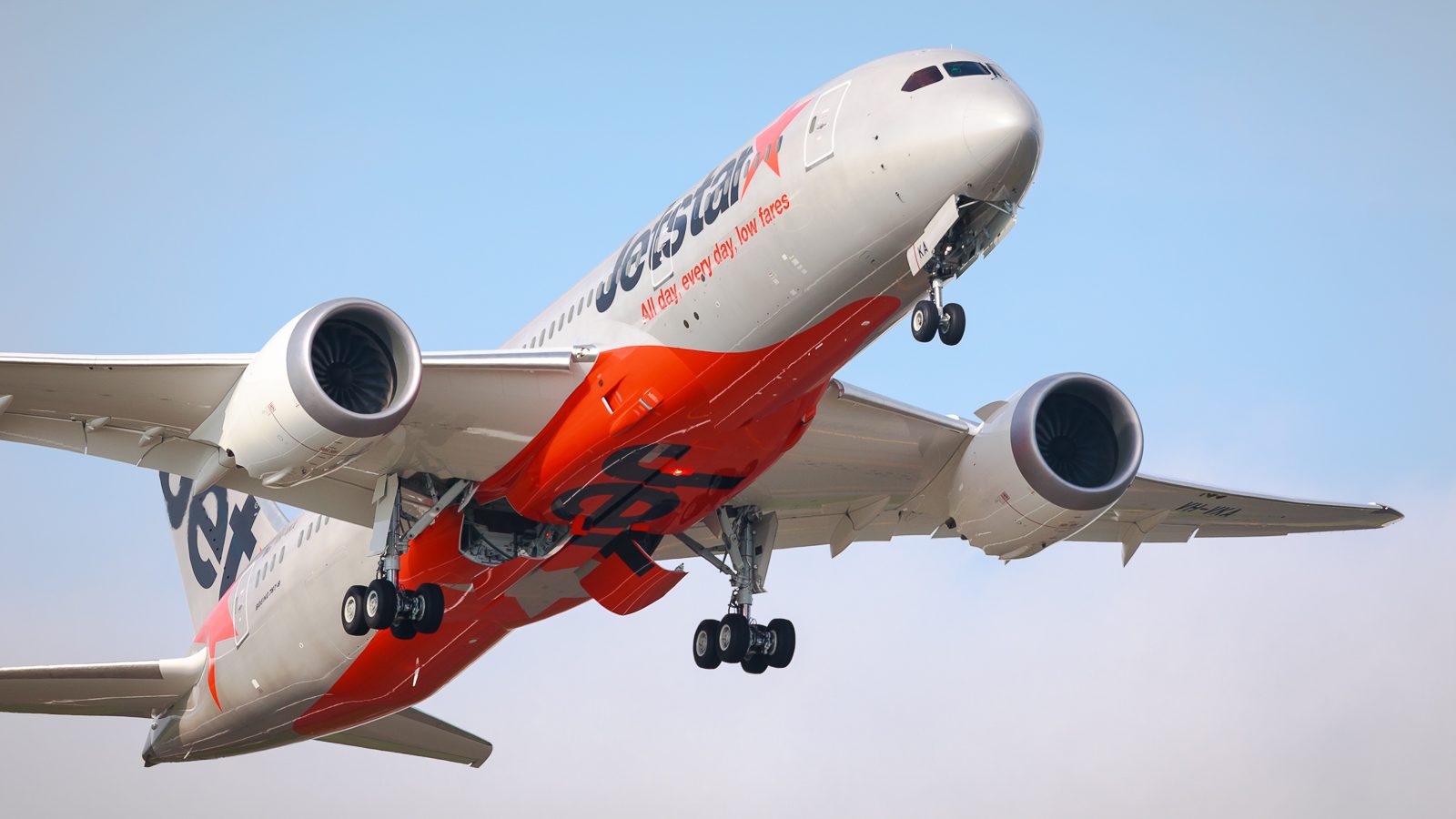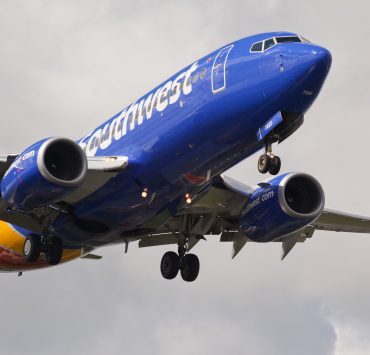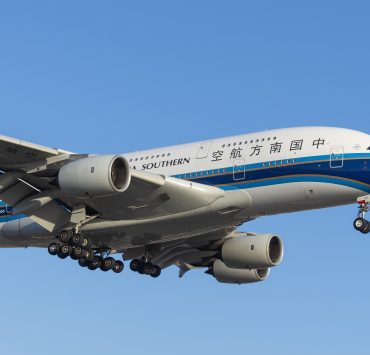
Australian low-cost airline Jetstar announced a major revamp of its fleet of eleven Boeing 787-8 Dreamliners, with the passenger-pleasing planes set to get inflight Wi-Fi for the first time and brand new cabins that will more than double the number of Business Class seats.
There is, however, one part of the revamp that won’t directly have an impact on the passenger experience but will finally unleash the full potential of the 787-8 Dreamliner, which has, until now, been throttled by a decision Jetstar executives took when they ordered the planes back in 2005.
The Boeing 787-8 might be the smallest of Boeing’s Dreamliner range, but it still comes with an impressive range of 13,530 km, allowing Jetstar to theoretically operate non-stop flights from Australia as far as afield as India, Sri Lanka and Africa.
Operating these kinds of long-haul flights, however, comes with strict rules for pilot and cabin crew rest, and special lie-flat bunk modules tucked away from passengers are an absolute must.
When Boeing developed the Dreamliner, it fitted pilot bunk modules as standard but the cabin crew bunk module, which is located above the Economy Class section at the back of the aircraft and which allows six crew members to rest at any one time, was an optional extra.
It would seem that Jetstar’s management team decided that was an expense not worth paying for and has, until now, been blocking out up to eight Business Class and Economy Class seats on its longer flights just for crew rest.
These kinds of short-term management decisions made years ago mean that Jetstar’s current longest flight is between Sydney and Seoul – a flight that clocks in at just over 8,300 km, way below the Dreamliner’s maximum range.
When Jetstar’s 787-8s go into the hangar to get their new cabins, however, the airline is going to take the opportunity to install the cabin crew bunk module, although the process won’t start until late 2025 and to get all eleven Dreamliners converted could take several years.
Interestingly, Jetstar hasn’t yet committed to any new long-haul routes, although the decision to install the cabin crew bunk module would indicate the airline is looking to introduce some new destinations further afield that it can currently fly to.
Jetstar certainly isn’t alone in choosing not to pay for crew bunk facilities on aircraft that were originally bought to operate routes that didn’t legally require them, although this can sometimes lead to some unintended consequences.
Last year, Jetstar’s parent company, Qantas, was accused of forcing flight attendants working 12-hour long-haul flights to sleep beside passengers in the cabin because the airline has been using aircraft which don’t have special crew bunk facilities installed.
Australian regulators granted Qantas special dispensation to operate the Brisbane to Los Angeles flight on Airbus A330 aircraft that don’t have a crew bunk module by blocking out rows of Economy seats and covering them with blankets to create a makeshift tent.
Mateusz Maszczynski honed his skills as an international flight attendant at the most prominent airline in the Middle East and has been flying throughout the COVID-19 pandemic for a well-known European airline. Matt is passionate about the aviation industry and has become an expert in passenger experience and human-centric stories. Always keeping an ear close to the ground, Matt's industry insights, analysis and news coverage is frequently relied upon by some of the biggest names in journalism.









